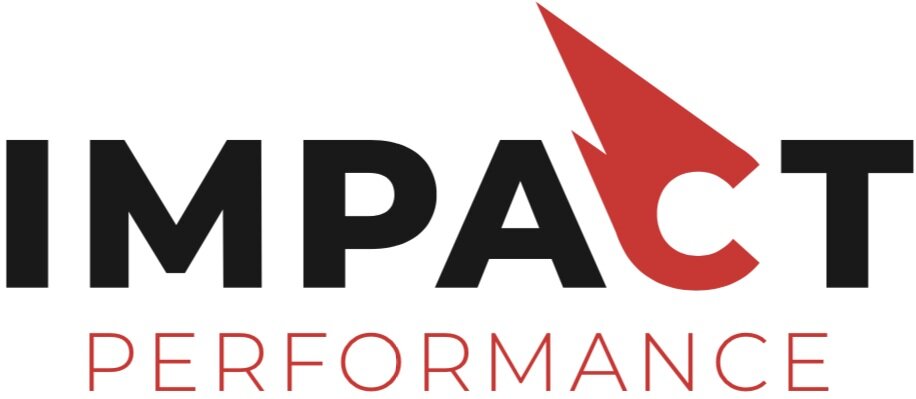Frequently Asked Questions
Do you have to be a certain athletic level to train at Impact Performance?
We want to reach as many athletes and clients as possible to have a positive influence on health and athletics in our community. As long as you want to improve you are welcome at Impact.
Do you do sport specific training?
We focus on making stronger, faster, more powerful and more robust athletes; no matter the sport. Although sport is relevant to consider when creating training interventions, we believe strength and conditioning programming should be based around the ATHLETE. The ultimate goal of training should be improving capacities that improve PERFORMANCE.
Do you provide personal training to general public?
YES, the principles and practices we use with athletes are highly transferable to general fitness and rehabilitation applications. Personal training clients still want to improve performance, it’s only the task that has changed. Performance is unique to each client (getting fit, gardening back pain free, loosing some weight, rehabilitating an old injury etc.) and we make a plan together to improve capacities to achieve those goals.
What are these capacities that you speak of ?
The focus of any program will be different based on numerous factors unique to each individual or team. These factors will be discussed in detail when you book your free consultation. However in our experience we generally encounter 3 common weaknesses (or capacity detriments) with athletes and clients alike.
These three areas include:
1. Weakness in the Lumbo Pelvic Hip Complex (LPHC)
The LPHC plays a massive role in kinetic sequencing, transferring force through the body, withstanding & absorbing dynamic force, and the ability to generate/direct force. Weakness in the LPHC has a detrimental effect on all of the above factors.
2. Anterior Muscle Dominance
Anterior muscle groups are extremely important, however, a majority of us have significant strength imbalances when comparing the relative strength of anterior muscle groups (such as the quads) to posterior muscle groups (such as the Hamstrings). Strength imbalances such as these have been shown to increase injury risk and can negatively impact performance.
3. Coordination Deficits
Engrained neurological coordination patterns can set limits on the body’s ability to express power maximally, optimally and efficiently. These less than optimal movement patterns could be a result previous injury or maybe just a result of how we go about our daily lives.
Moving dynamically, efficiently and explosively is a kin to sport specific skill, and therefore must be deliberately practiced and coached in order to develop the skill optimally.
Coordination detriments can also result in increased injury risk and poor performance.
Making even small improvements in any 1 of these 3 areas can provide tremendous positive outcomes in terms of performance and injury prevention. Book you free consultation to learn more about how we can help you make a plan to achieve your goals!





